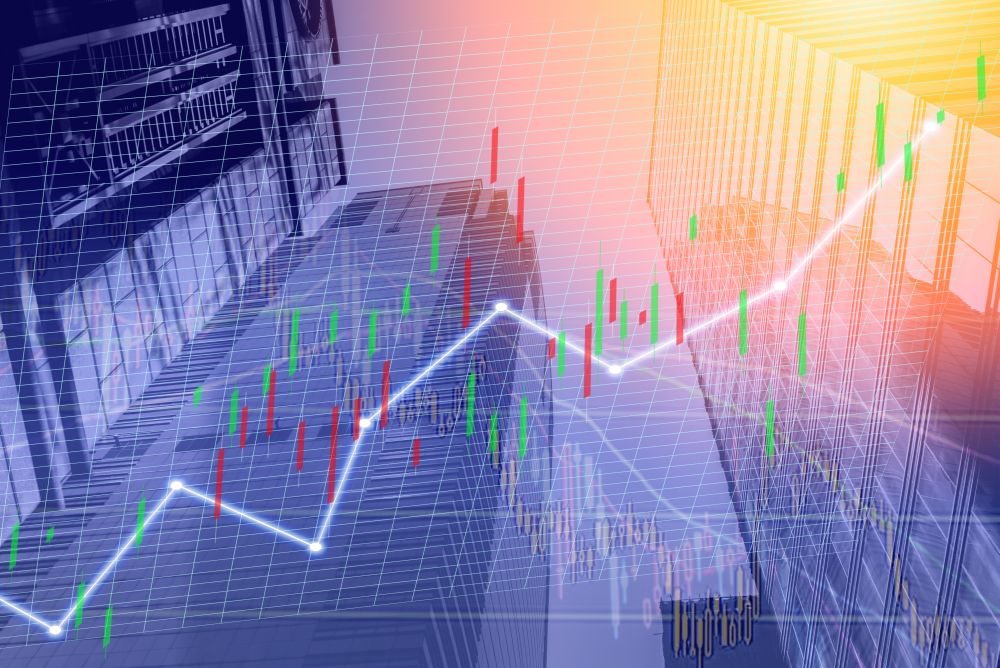Gold broke through the US$2,000 per ounce ceiling on March 8 2022. The Ukraine crisis, coupled with stagflation fears, saw investors turn to the yellow metal as well as gold exchange-traded funds to add a defensive layer to their portfolios.
The London Bullion Market Association (LBMA) also suspended all Russian gold and silver refineries from its “good delivery list”, further shrinking the global supply of the precious metal.
A commodities strategy note from a prominent Singapore lender in early March upgraded its forecast for gold from neutral to positive and raised its price estimates to US$2,100 per ounce for the second quarter of 2022, US$2,150 for 3Q 22, and US$2,200 for 4Q 22 and 1Q 23.
Fast forward to the last week of September 2022 and a lot has happened to take the lustre of the noble metal.
In its pure form, gold does not rust or tarnish, but like life itself, in times of turmoil and instability the metal’s worth can experience sharp vicissitudes.
Selling pressure
Gold is now around US$1,650 an ounce, and is widely forecast to continue on its downward slide.
“As interest rates are increased quickly, the US dollar appreciates, loans and leverage become more expensive to finance, stocks fall and people have less funds and some may need to meet margin calls. Thus, there is selling pressure that spills over to gold,” explains Gregor Gregersen, founder and owner of Silver Bullion SG and Safe House Depository, a premium bullion dealer and storage facility in Singapore.
Gregersen, however, is upbeat on gold’s outlook: “I think this stagflationary period, due to geopolitical structural changes, could last until the end of the decade, so people will have time to rediscover the metal. Gold and silver will do very well in the years ahead as more people start to move into the metal.”
For Nigel Green, chief executive officer of financial consultancy deVere Group, gold is one of the most trusted safe havens in times of heightening geopolitical issues.
But like all assets, it is not perfect. “History teaches us that gold has an inverse relationship with the US dollar, another classic safe haven asset,” Green says. “We’re seeing this play out now as the dollar is on a seemingly unstoppable rally at the moment during the economic slowdown, driven in part by Beijing’s Covid-zero agenda, and gold is trying to play catch-up.
“One of the main reasons that gold is not perhaps performing as well as could be expected is that, as an asset, it doesn’t yield any interest or income when interest rates are rising, which they are as central banks in most major economies try and control soaring inflation,” he adds.
China factor
This view is shared by Edward Moya, senior market analyst, the Americas, at online forex trading platform Oanda, who says all the normal drivers for gold are taking a backseat to what is happening in the global bond market.
“For gold, constant geopolitical risks, central bank buying and jewellery demand from China and India are not making a big difference for prices,” notes Moya. “Non-interest-bearing gold will struggle until a peak with short-end treasury yields is in place. Gold's kryptonite is surging interest rates and that has been the primary driver for the move into the dollar.”
Moya also points out that China is responsible for a good portion of gold's weakness this year. A deteriorating outlook and Covid struggles have led to a much weaker Chinese consumer, which is bad for global growth and jewellery demand, he says.
Long-term investors might find value in precious metals after recent price falls. “If the peak in the dollar is close to being put in place, then you will see more investors anticipate the downward move is nearing an end. It seems we need one last major de-risking moment on Wall Street for the bottom to be put in place,” Moya suggests. Until then, though, gold could be vulnerable to further downside in the short term.
Green notes that portfolio diversification is an investor’s best tool to manage risk. As such, it is wise to have a broad mix of sectors, geographies and asset classes, including gold and silver.
Gregersen favours gold’s little brother, silver. “I highly recommend for people to buy silver because it is very cheap compared to gold and will outperform gold until the ratio goes back to 50 or so. Don’t buy overpriced coins, however. Go with low-premium bars, the bigger the better,” he says.









